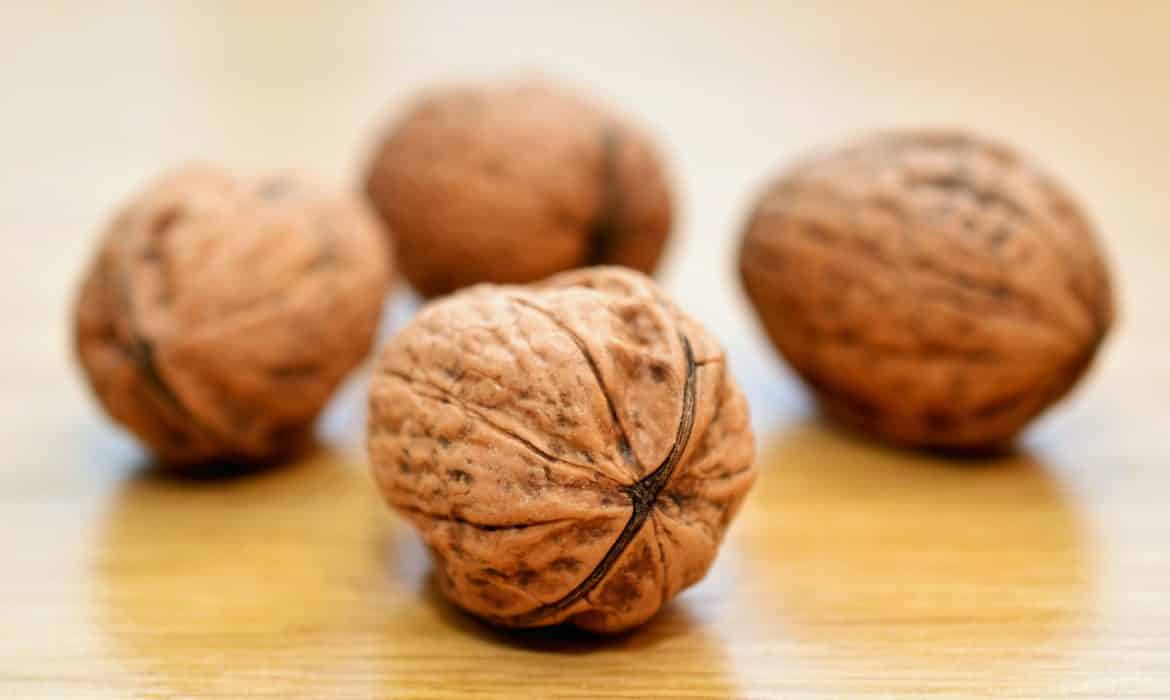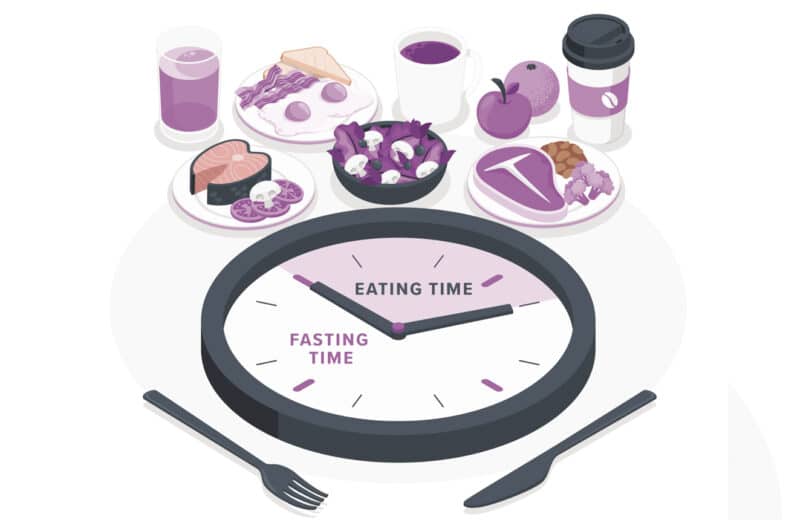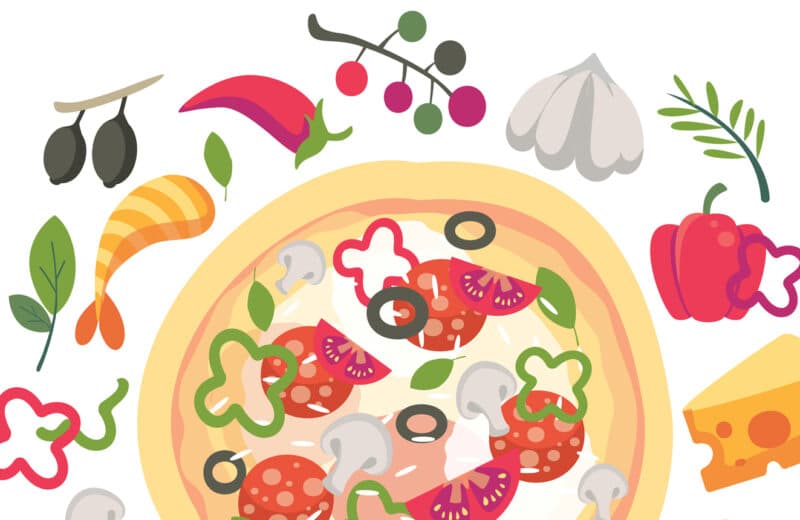The fortunes of dietary fat have not followed a straight line. As a nutrient, it has been vilified, forgiven and, in some cases, even glorified. What we know about this essential nutrient is further complicated by the fact that not all fats are created equal. Under the very large umbrella of “fats” there are saturated, monounsaturated, polyunsaturated, and trans fats, and within each of these categories are several subgroups of fat. In addition, neither foods nor oils are composed of single types of fat.
While the Dietary Guidelines for Americans have recommended limiting total fat intake to less than 30 percent of calories for years, that recommendation no longer stands. The most recent 2015-2020 Dietary Guidelines makes no recommendation about total fat intake. Instead, it suggests limiting only saturated fat (to less than 10 percent of calories) and trans fat (to less than one percent of calories). For the average person (eating 2,000 calories per day), that translates to less than 22 grams (g) of saturated fat per day and less than 2 g a day of trans fats.
As a nutrient, fat has long been accused of being the main perpetrator in weight gain and cardiovascular disease. However, the evidence suggests otherwise.
Low-fat diets and weight
Low-fat diets have been examined over and over again as a way to lose weight, and they have repeatedly failed to show long-lasting results. A review and analysis of a large number of studies, by researchers from Harvard Medical School, didn’t find low-fat diets to be any more effective than higher fat diets. Another analysis of several clinical trials by researchers from Tulane University found that both high-fat and low-fat diets were equally effective at reducing body weight and waist measurements.
Low-fat diets and cardiovascular disease
Researcher Dariush Mozaffarian, M.D., of the Friedman School of Nutrition Science and Policy at Tufts University, stated in a recent issue of Circulation, “The lack of cardiometabolic benefit of low-fat diets has been convincingly demonstrated.” A large review and analysis of several studies published in The Journal of the Academy of Nutrition and Dietetics in 2013, found that low-fat diets actually increased triglycerides (an established risk factor for cardiovascular disease) and decreased HDL (“good”) cholesterol compared to high-fat diets.
When fat is reduced, carbohydrates typically increase, and that increase often comes from refined carbohydrates, like sugar and refined flour. Increasingly, research shows that refined carbohydrates can raise trigylcerides, thus increasing risk of cardiovascular disease.
What to do?
In the end, it’s the type of fat that may be more important than the amount. One tried-and-true diet pattern worth emulating is the Mediterranean-style diet, which was highlighted in the 2015-2020 U.S. Dietary Guidelines as a healthy eating pattern. The Mediterranean diet recommends higher-than-typical intakes of oils, such as monounsaturated and polyunsaturated oils, as well as an increased intake of foods that naturally contain oils, such as seafood and nuts.
“If we focus on the foods themselves rather than fat, then we may be better off in terms of both body weight and overall health,” said Deirdre K, Tobias, Sc.D., associate epidemiologist at Harvard Medical School, Division of Preventive Medicine. In other words, choose healthful foods, create a healthful diet, and the healthful fats will take care of themselves.
Fats 101
Here’s the rundown on the major types of fat:
Polyunsaturated fats: These are found in the greatest amounts in corn, soybean and cottonseed oils; walnuts, pine nuts; and sesame, pumpkin, and flax seeds. Only small amounts of polyunsaturated fats are found in most animal fats. Omega-3 fats (EPA and DHA) are a type of polyunsaturated fats found in seafood, such as salmon, trout, herring, tuna and mackerel and in flax seeds and walnuts.
Monounsaturated fats: These are found in greatest amounts in olive, canola, peanut, sunflower and safflower oils; avocados, peanut butter and most tree nuts. They are also part of most animal fats, such as that in chicken, pork, beef and wild game.
Saturated fats: These are found in the greatest amounts in coconut, palm and palm kernel oils, butter and beef fats. They also are found in other animal fats, such as pork and chicken.
Trans fats: These are unsaturated fats found primarily in partially hydrogenated vegetable oils and foods containing these oils. They are structurally different from unsaturated fats that occur naturally in plant foods and so differ in their health effects.
(Reprinted with permission from Environmental Nutrition, a monthly publication of Belvoir Media Group, LLC. 800-829-5384. www.EnvironmentalNutrition.com.)
(c) 2017 BELVOIR MEDIA GROUP. DISTRIBUTED BY TRIBUNE CONTENT AGENCY, LLC.












